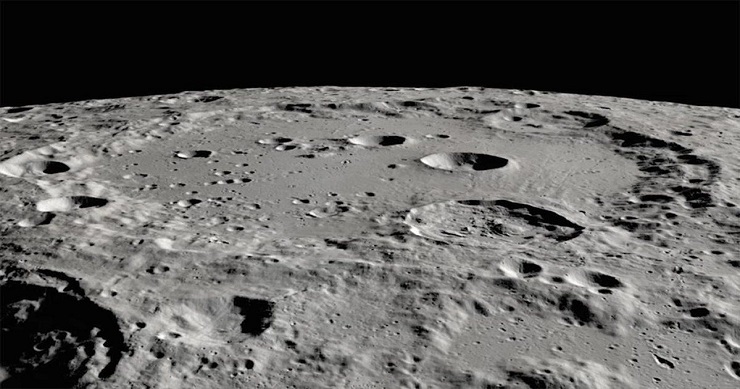What do we need for Space Exploration?
Today, and for many decades, space exploration has been a worldwide goal. Through space explorations, we have collectively advanced our understanding regarding the “big bang” theory. We’ve also learned many things about other planets in our solar system, including their historic and current ability when it comes to sustaining organic life.
But our goals have become more pragmatic as well. Besides using the Universe as a database to peruse for information, we’ve become interested in using advanced technology to utilize resources available in space.
For example, science has shown that it’s feasible to produce oxygen on our moon. Although the lunar atmosphere does not contain any oxygen, the rocks on the moon’s surface do harbor the element within its crusty mineral mantle. The rocky layer covering the bedrock of the moon is comprised of nearly 50% oxygen.
However, the vital element is tightly embedded within an array of other mineral substances. It is possible to pull apart the minerals and release the oxygen. Heavy-duty, modern equipment would be necessary.
Moreover, getting that equipment to the lunar surface and then harnessing what would have to be a giant energy source to first convert the metal into liquid, via a preparatory heating process required before the vital gas could be released, would prove to be a massive undertaking.
Nonetheless, plans are in the works. The necessary technology should find its way to the moon sometime in 2025. Research strongly suggests that despite the massive effort needed for the project, it could prove very worthwhile.
Statistics show that the top 30 feet of the moon’s surface alone could generate enough oxygen to support 8 billion people for 100,000 years.
Key Takeaways:
- The oxygen on the Moon is trapped inside a layer of rock and fine dust.
- In theory, electrolysis could be used to release the oxygen from the minerals that possess it.
- The top ten meters of the Moon’s surface could provide enough oxygen to support every inhabitant of Earth for around 100,000 years.
“Although the Moon does have an atmosphere, it’s very thin and composed mostly of hydrogen, neon and argon.”
References:
- Unexplained Mysteries (Website)
- Amaze Lab (YouTube Channel)


Leave a Reply